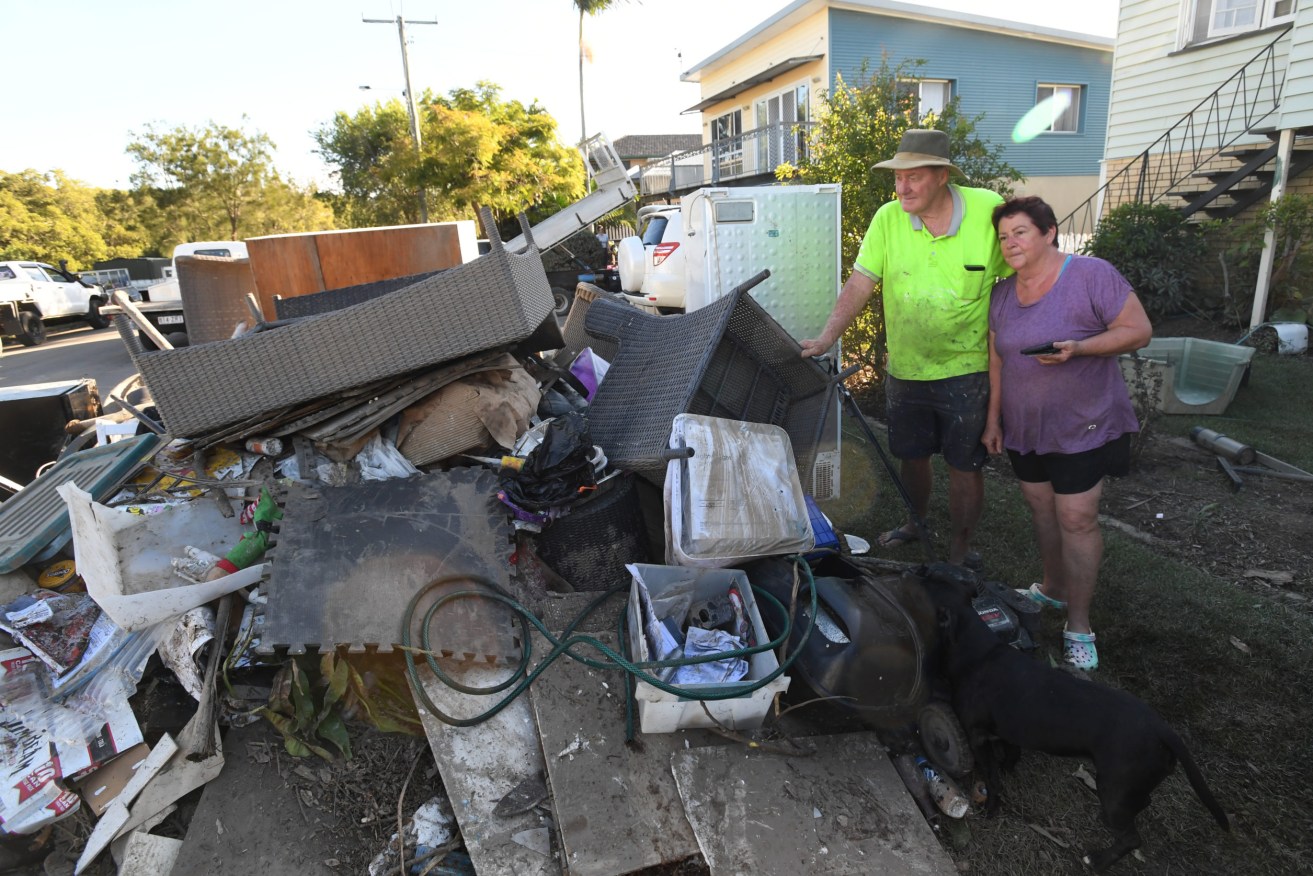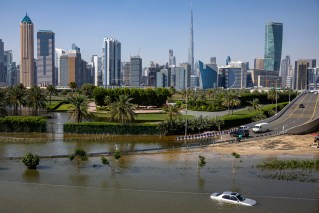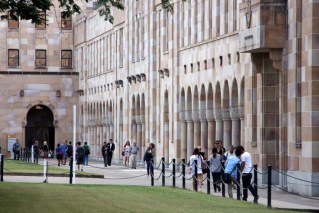Summer deluge’s lasting toll – Mental health crisis and 2000 homes still not fit to live in
Some 2000 homes are still uninhabitable after flooding in southern Queensland as the state moves ahead with a repair and buyback scheme.

Deagon residents John Puttick and Catherine O'Keeffe among their flood damaged belongings. (AAP Image/Darren England)
Severe weather during the 2021/22 disaster season affected about 9000 properties, peaking when Brisbane recorded its highest six-day rainfall total ever in February.
Two thirds of the properties impacted have now either been repaired or have works underway.
But the state’s disaster response was first tested in November, when heavy rainfall resulted in flooding in southern and western parts of the state, a recovery and resilience plan released on Monday says.
In January, areas around Maryborough and Gympie suffered major inundation associated with Ex-Tropical Cyclone Seth.
There was more unseasonable rain after the Brisbane floods, with some areas being hit for a fourth time in May.
The common thread of these events is the toll they have on peoples’ mental health, State Recovery Coordinator Major General Jake Ellwood said on Monday.
He told the story of an Ipswich man who had lived in the same property that had flooded a number of times in the past 30 years.
“When I spoke to him on the 15th of March he was sure he had this cracked, he was going to build back (and) he knew how he was going to do it,” he said.
“Then I went back in June and it was a different story. He was very vulnerable, and he just didn’t know what he was going to do.”
Those worst affected have been offered options to either repair, retrofit or sell their homes through a government buyback scheme.
More than 3000 surveys are underway to tell homeowners where floodwaters reached, and where they could get to in future.
“We have started talking to those 400 homeowners that have indicated they wish to be part of the voluntary house buyback and we expect the initial evaluations of properties to commence in the next three weeks,” the Queensland Reconstruction Authority’s Brendan Moon said.
The report also identified a knowledge gap of creek systems and their impact on catchment flooding.
Heavy rainfall over small areas can cause rapid localised flooding that often catches people off guard, it said.
“It was clear to me going out to different communities that down there was a feeling that there could have been more warning,” Major General Ellwood said.
“We have an opportunity now I think with technology to actually improve what we have.”
Emergency Management Inspector-General Alistair Dawson is undertaking a separate review into the state’s emergency alert systems, preparation and disaster response.












